Nearly 300,000 children have been diagnosed with some form of juvenile arthritis
Juvenile Arthritis (JA) is a group of diseases in children that cause inflammation and affect joints. Many of these diseases are autoimmune. Normally, the immune system fights infections, but in autoimmune diseases, it attacks a person’s own body. In children, this can keep them from growing and developing normally.
There are many different types of JA. The most common form is juvenile idiopathic arthritis (sometimes called JIA) which has 6 distinct types.
Juvenile polymyositis and juvenile dermatomyositis are other forms of JA, both can cause muscle weakness and rashes on the eyelids and knuckles. Common adult autoimmune diseases can also appear in children as JA, including lupus, scleroderma, and fibromyalgia.

The symptoms depend on the type of JA that your child has. Even if your child can’t tell you about their symptoms, you may notice that your child is grouchy, tired, or unable to complete daily tasks because of them.
For the most common form of JA, juvenile idiopathic arthritis, symptoms include:
• Painful, swollen, or stiff joints
• Fever
• Rash
• Fatigue and tiredness
• Loss of appetite
• Growth problems (for example, a leg or arm that is longer than the other)
• Eye inflammation
In the United States, around 300,000 children have a form of JA. That is roughly 1 in 1000 US children.
JA occurs in children:
• Under the age of 16.
• Most types are more common in girls.
• Enthesitis-related juvenile idiopathic arthritis is more common in boys.
Charitable estate planning is financially beneficial for families and individuals of various ages and income levels, and ensures a legacy of commitment to making a difference through funding research, while supporting ANRF’s mission.

5319 University Dr #10022
Irvine, CA 92612
800.588.2873
Tax ID #: 95-6043953
| Cookie | Duration | Description |
|---|---|---|
| cookielawinfo-checkbox-analytics | 11 months | This cookie is set by GDPR Cookie Consent plugin. The cookie is used to store the user consent for the cookies in the category "Analytics". |
| cookielawinfo-checkbox-functional | 11 months | The cookie is set by GDPR cookie consent to record the user consent for the cookies in the category "Functional". |
| cookielawinfo-checkbox-necessary | 11 months | This cookie is set by GDPR Cookie Consent plugin. The cookies is used to store the user consent for the cookies in the category "Necessary". |
| cookielawinfo-checkbox-others | 11 months | This cookie is set by GDPR Cookie Consent plugin. The cookie is used to store the user consent for the cookies in the category "Other. |
| cookielawinfo-checkbox-performance | 11 months | This cookie is set by GDPR Cookie Consent plugin. The cookie is used to store the user consent for the cookies in the category "Performance". |
| viewed_cookie_policy | 11 months | The cookie is set by the GDPR Cookie Consent plugin and is used to store whether or not user has consented to the use of cookies. It does not store any personal data. |